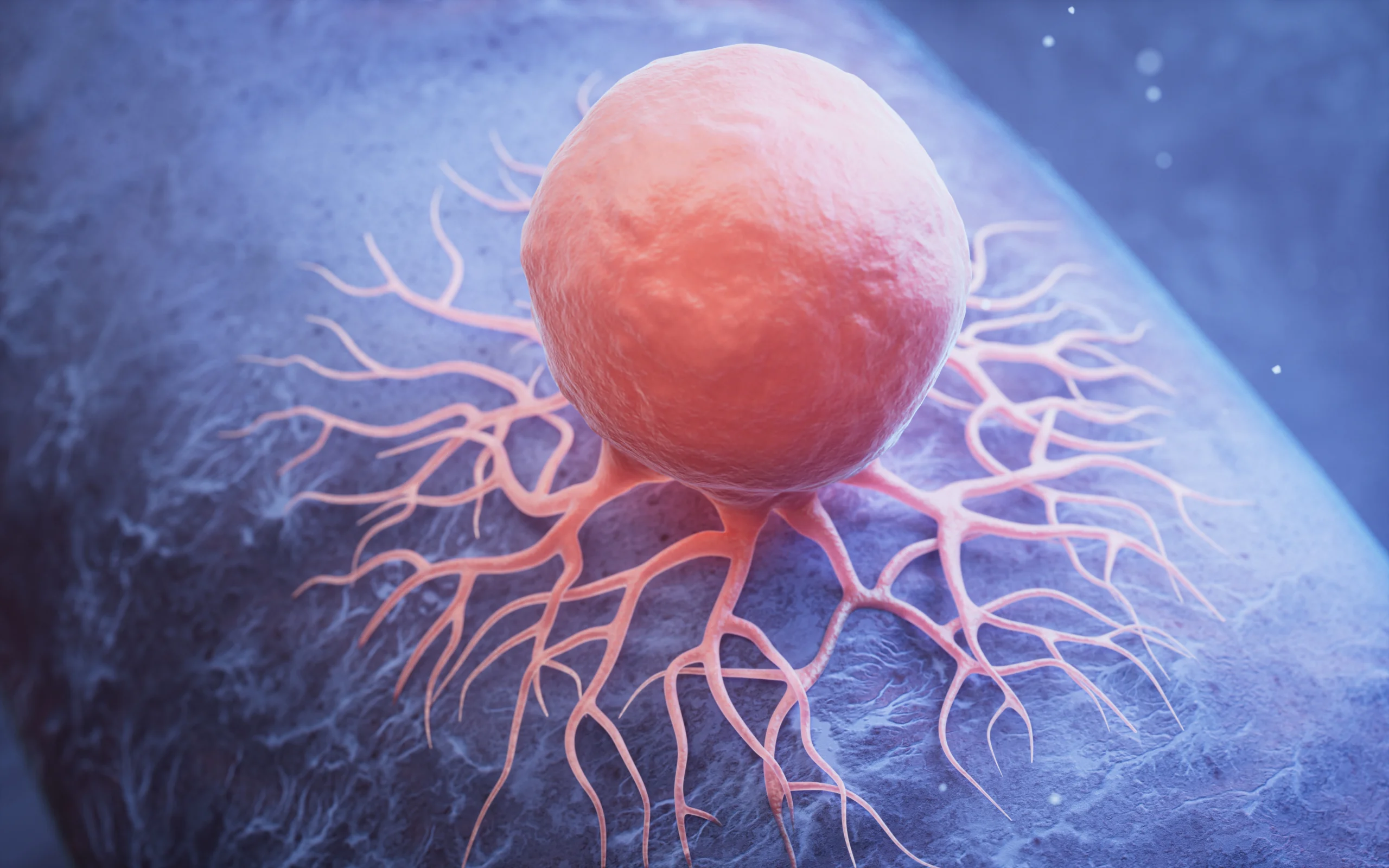Child Specialist in Kalyan: Expert Pediatric Care at Aayush Hospital
When it comes to the health and well-being of your child, finding a reliable, compassionate, and highly skilled child specialist is essential. Parents in Kalyan are fortunate to have access to world-class pediatric care at Aayush Hospital, where we provide comprehensive healthcare services designed to meet the unique needs of children. Whether you’re seeking preventive care, treatment for an illness, or specialized support for a specific condition, our team of experienced child specialists is here to guide and care for your child with the utmost professionalism and empathy.
In this article, we will explore what makes a great child specialist, the range of services we offer at Aayush Hospital, and why our pediatric department stands out as one of the best in Kalyan. If you are searching for a trusted child specialist in Kalyan, this comprehensive guide will provide you with valuable insights to help you make an informed decision for your child’s healthcare.
Why Choose a Pediatrician or Child Specialist?
Choosing a child specialist in Kalyan is a decision that directly impacts your child’s health and future. Pediatricians specialize in the care of infants, children, and adolescents, and their expertise is crucial for diagnosing and treating a wide range of health conditions that can affect growing bodies. Unlike general practitioners, pediatricians undergo specialized training to address the specific needs of young patients, which include understanding how diseases manifest in children, how to manage growth-related concerns, and how to deal with sensitive topics like vaccinations and developmental milestones.
At Aayush Hospital, our pediatric department is led by highly qualified child specialists who provide individualized care to ensure that your child receives the best possible treatment in a safe, nurturing environment.
Services Offered by Child Specialists at Aayush Hospital
At Aayush Hospital, we understand that every child’s health needs are unique. That’s why we offer a broad spectrum of pediatric services to ensure comprehensive care for children of all ages. Some of the key services include:
1. General Pediatric Care
Our child specialists provide routine check-ups, growth monitoring, and vaccination schedules to ensure your child stays healthy and strong. Regular check-ups are important for monitoring your child’s physical and emotional development, preventing future health issues, and addressing any concerns you might have.
2. Pediatric Vaccinations
Vaccinations are one of the most effective ways to protect your child from potentially life-threatening diseases. We offer a full range of childhood immunizations, in line with the guidelines set by health authorities. Our child specialists in Kalyan ensure that vaccines are administered on time, and we provide guidance on any additional vaccines your child might need.
3. Treatment of Acute Illnesses
Children are more prone to infections and illnesses due to their developing immune systems. Whether your child is suffering from the flu, colds, stomach infections, or other acute conditions, our pediatricians are equipped to diagnose and treat a wide range of illnesses effectively.
4. Chronic Disease Management
Some children require long-term management of chronic conditions such as asthma, diabetes, or epilepsy. Our child specialists work with families to manage these conditions, ensuring that your child receives the care they need to live a healthy and active life.
5. Nutritional Guidance and Growth Support
Proper nutrition is vital for a child’s growth and development. Our pediatricians provide personalized nutritional counseling to help your child maintain a healthy diet that supports their physical and mental development. We address concerns such as obesity, undernutrition, and food allergies.
6. Developmental Screening and Behavioral Health
Monitoring your child’s developmental milestones is an essential part of pediatric care. We offer developmental screenings to identify any delays or concerns early on. Our team is also experienced in addressing behavioral health issues such as ADHD, anxiety, and sleep disturbances, providing holistic care for your child’s mental well-being.
7. Emergency Pediatric Care
At Aayush Hospital, we understand that health emergencies can happen at any time. Our child specialists are available for emergency care, handling urgent situations like injuries, allergic reactions, and sudden illnesses with prompt, expert treatment.
Why Aayush Hospital is the Best Choice for Pediatric Care in Kalyan
Choosing the right healthcare provider for your child is an important decision, and at Aayush Hospital, we take this responsibility very seriously. Here are some of the reasons why our hospital stands out as the best option for a child specialist in Kalyan:
1. Experienced and Compassionate Pediatricians
Our team of child specialists in Kalyan is made up of highly experienced pediatricians who are not only experts in their field but also deeply compassionate. We understand the anxiety and concerns parents often feel when seeking medical care for their children, and we approach every patient with care and empathy.
2. State-of-the-Art Medical Facilities
At Aayush Hospital, we pride ourselves on using the latest medical technology to ensure that your child receives the highest standard of care. Our pediatric unit is equipped with state-of-the-art diagnostic tools and treatment facilities, allowing us to deliver efficient and effective medical interventions.
3. Holistic Pediatric Care
We believe in treating the whole child, not just the symptoms. Our pediatricians take the time to understand your child’s physical, emotional, and psychological needs, ensuring that they receive holistic care that supports their overall well-being.
4. Child-Friendly Environment
We understand that children may feel nervous or anxious when visiting a doctor. That’s why our pediatric department is designed to be child-friendly and comforting. From the waiting areas to the examination rooms, every aspect of our hospital is designed to make your child feel safe and at ease during their visit.
5. Comprehensive Care for All Ages
Whether you’re looking for a pediatrician for your newborn, toddler, child, or teenager, we provide comprehensive care for all age groups. Our specialists are trained to address the specific healthcare needs of children at different stages of development.
6. Convenient Location and Easy Access
Located in the heart of Kalyan, Aayush Hospital is easily accessible for families in the area. We understand that convenience is essential, and we strive to make healthcare as accessible and stress-free as possible for all our patients.
Common Health Issues Addressed by Child Specialists in Kalyan
Our pediatric specialists in Kalyan are equipped to address a wide variety of health concerns that affect children. Some common conditions treated by child specialists include:
1. Allergies
Children are often prone to allergies, whether it’s food allergies, pollen allergies, or skin conditions like eczema. Our specialists provide tailored treatment plans to manage symptoms and improve your child’s quality of life.
2. Respiratory Issues
Asthma, bronchitis, and other respiratory conditions are common among children. Our child specialists can help diagnose and manage these issues, ensuring that your child’s breathing is as normal as possible.
3. Infections
Children are more susceptible to infections such as ear infections, urinary tract infections, and gastrointestinal infections. Our pediatricians offer effective treatments to prevent complications and support rapid recovery.
4. Growth and Developmental Concerns
Whether it’s a delay in motor skills, speech, or social development, our specialists are experts in assessing and addressing developmental concerns. Early intervention is key to managing these issues effectively.
5. Immunization and Preventive Care
Vaccination is a cornerstone of pediatric care. Our hospital ensures that your child receives all the necessary vaccines at the right time, helping prevent serious diseases and promoting overall health.
Conclusion: Your Trusted Child Specialist in Kalyan
At Aayush Hospital, we are committed to providing the highest quality pediatric care to children in Kalyan and beyond. Our team of experienced child specialists in Kalyan works tirelessly to ensure that your child receives personalized care in a compassionate, child-friendly environment. From routine check-ups to specialized treatment, we are here to support your child’s health every step of the way.










